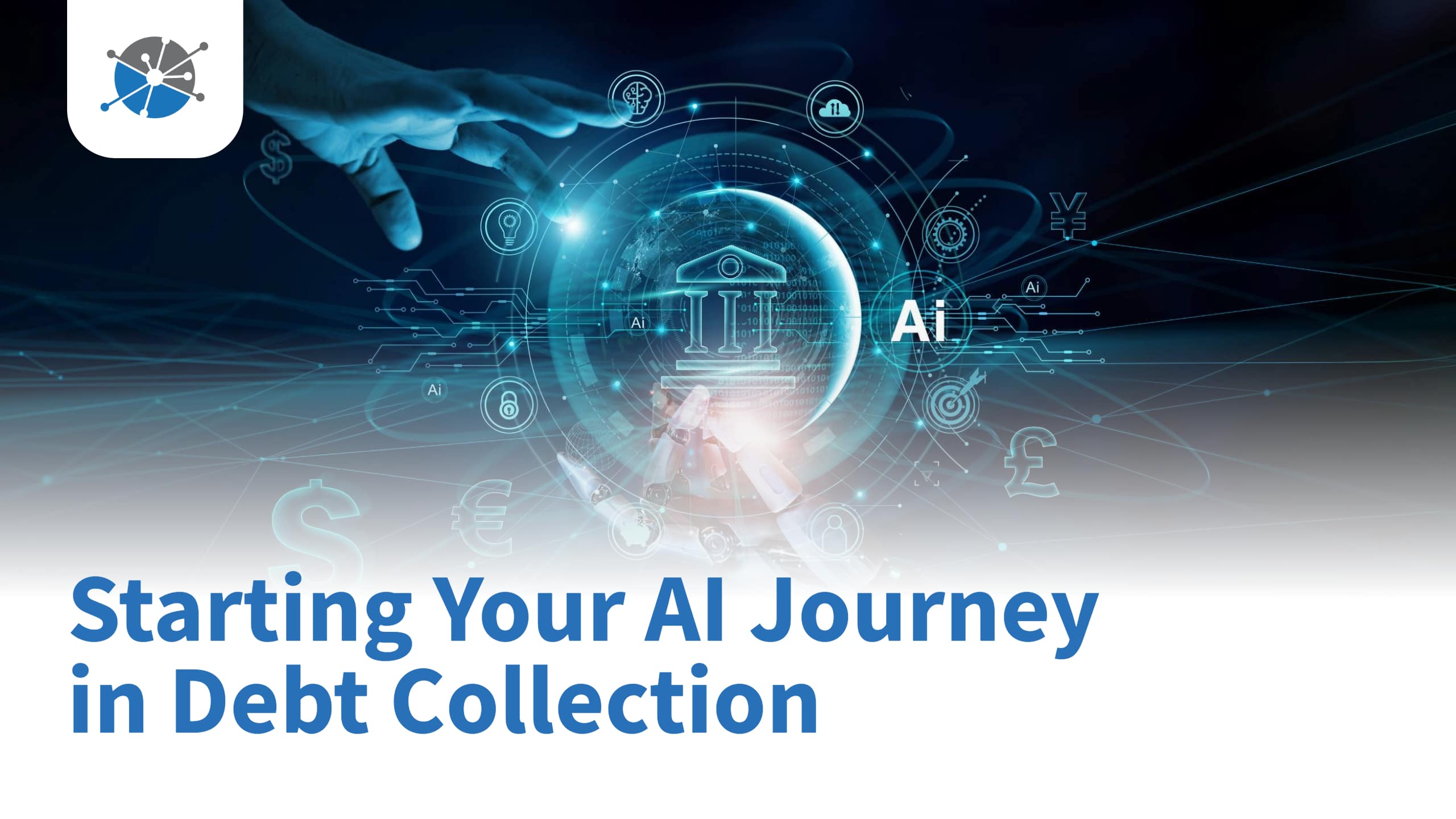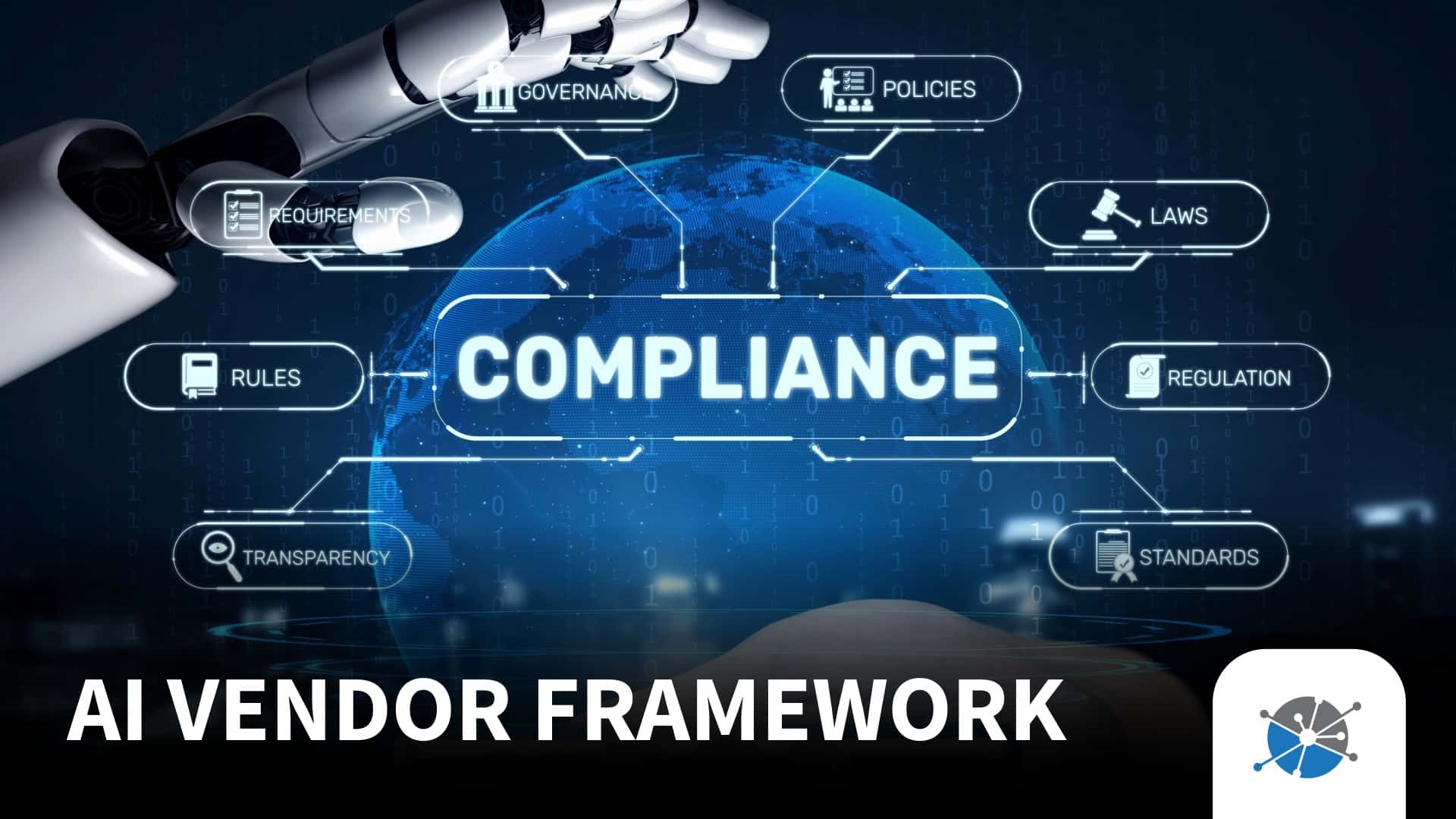
Starting Your AI Journey in Debt Collection
AI isn’t a future concept—it’s a journey that many collection professionals are already on. In a recent Receivables Podcast episode, EXL’s Mike Walsh mapped out exactly how debt collection companies can take their first steps into AI without compromising compliance or consumer trust.
If you’re just beginning to explore AI, this conversation provides the roadmap you need to move from curiosity to execution.
Step One: Choose a Use Case That Makes Sense
“We always encourage clients to start with one use case and get it right. Don’t try to tackle everything at once.”
– Mike Walsh, EXL
Starting small is smart. Identify one part of your operation that would benefit from automation or prediction—something like optimizing contact timing or automating QA tasks. Focusing your AI efforts ensures clear outcomes and measurable ROI before expanding your initiative.
Step Two: Define the Purpose Before You Build
“Are we talking about client-facing tools, like a payment portal, or back-office tools like QA? That distinction really matters.”
– Mike Walsh, EXL
A critical early decision is whether your AI will be customer-facing or internal. This choice shapes everything from compliance risk to how you manage expectations. Internal tools might improve efficiency, while external ones may require deeper consumer protections and transparency.
Step Three: Build Governance from Day One
“Even if it’s a small pilot, your governance model should be in place.”
– Mike Walsh, EXL
No matter where you start, AI governance can’t be an afterthought. Document how your model works, what data it uses, and how you ensure it stays fair. Early-stage compliance builds long-term resilience.
Step Four: Prioritize Data Hygiene
“Clean, structured data is step zero. Bad data equals bad models.”
– Mike Walsh, EXL
Before your AI journey even begins, your data must be accurate, consistent, and up to date. Investing in clean datasets is the only way to produce useful, reliable, and fair model outcomes.
Actionable Tips
- Pick one use case and create a test group to track performance
- Focus on 7–9 critical data fields and clean them rigorously
- Document model behavior using model cards
- Ask vendors to explain their bias detection process
- Share your governance model with clients to build transparency
Frequently Asked Questions About Starting an AI Journey in Debt Collection
How should I start my AI journey in collections?
Choose one specific, measurable use case and build from there.
Why is defining the AI purpose important?
It aligns strategy with compliance and impacts how the tool is governed.
Do I need governance if I’m just testing AI?
Yes. Early governance ensures smoother scaling and risk mitigation.
How does data hygiene impact AI success?
Dirty data leads to flawed models. Quality data is essential.
What’s a model card and why use it?
It explains the model’s logic, training data, and guardrails.







